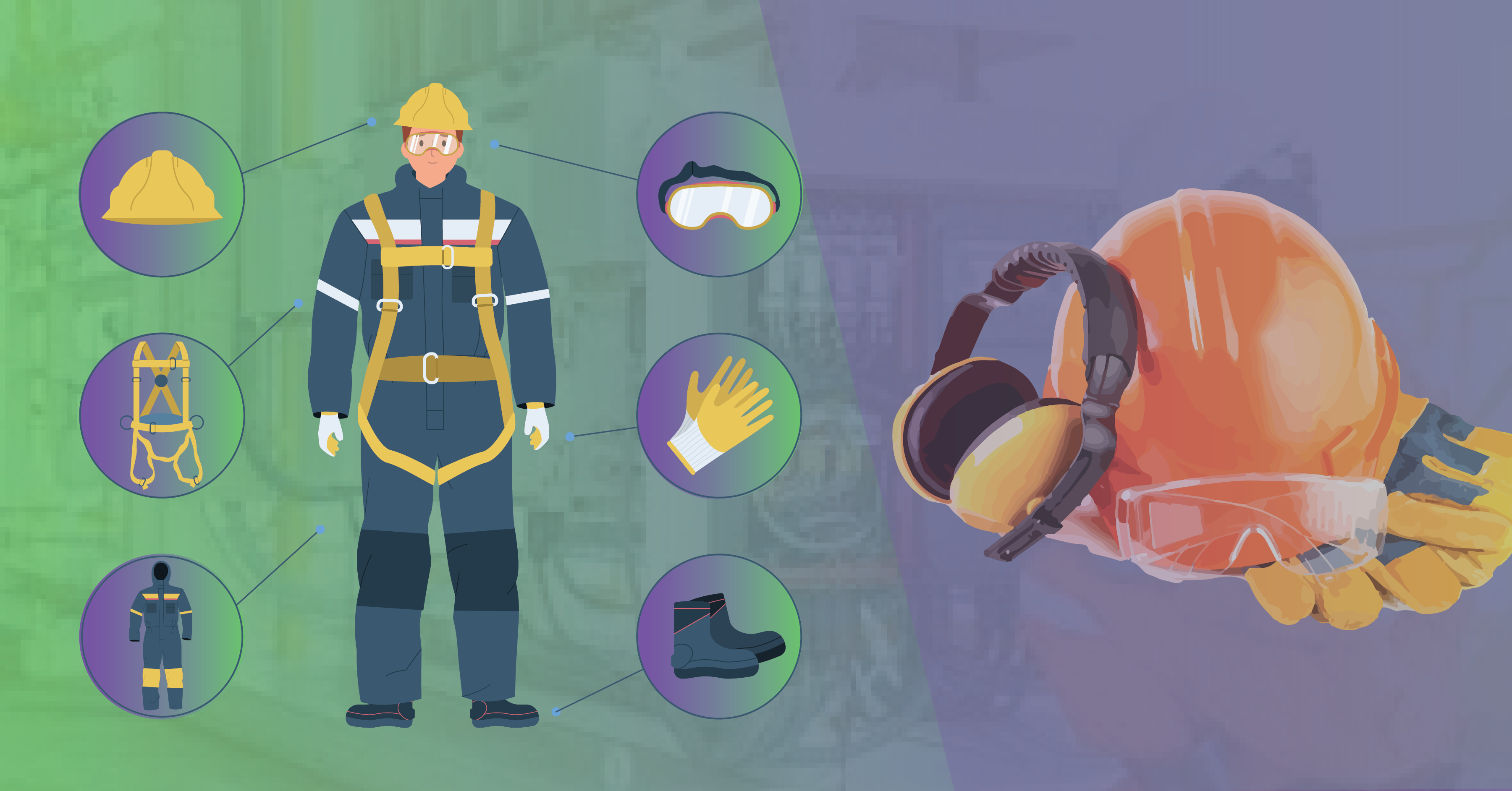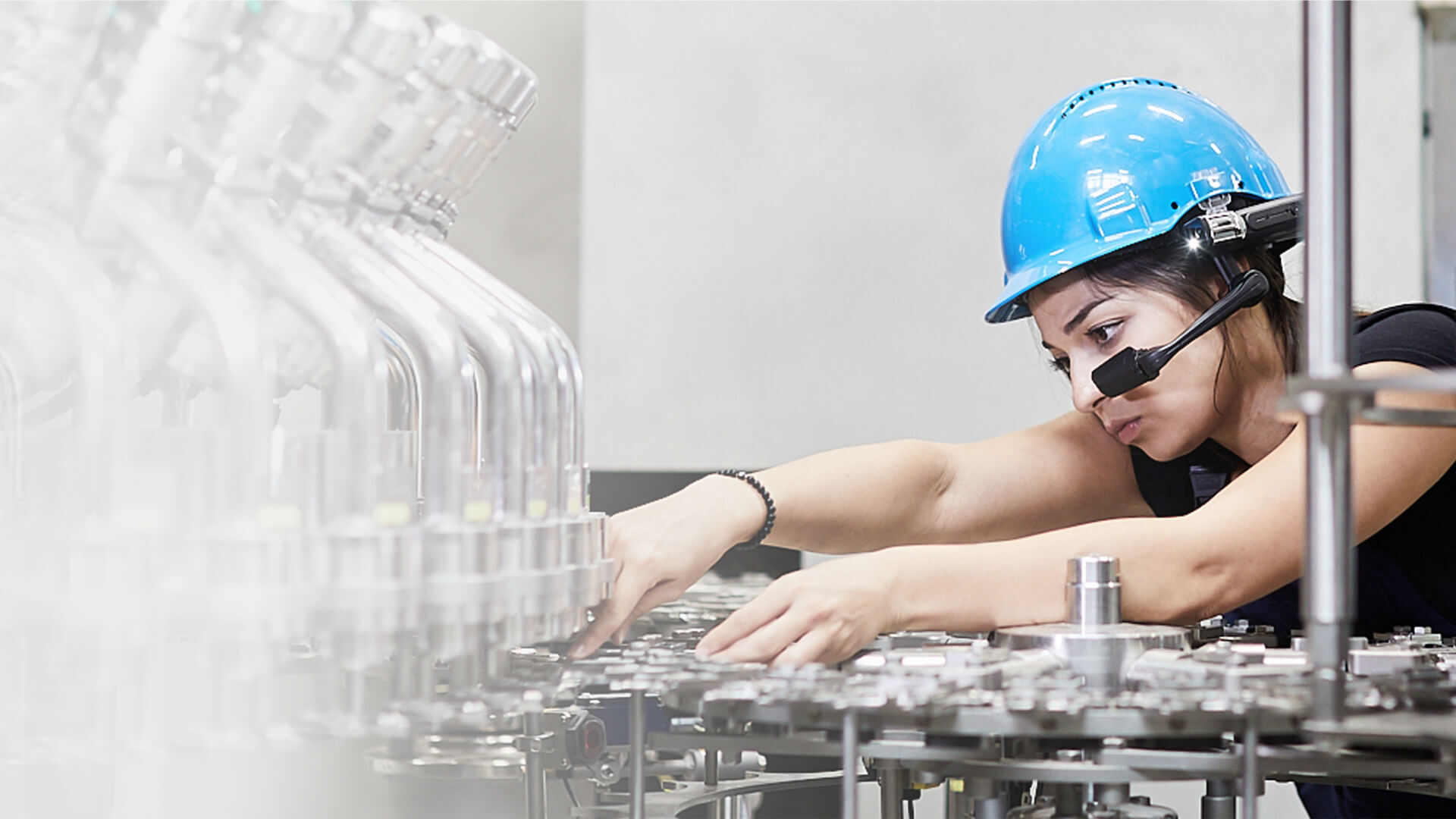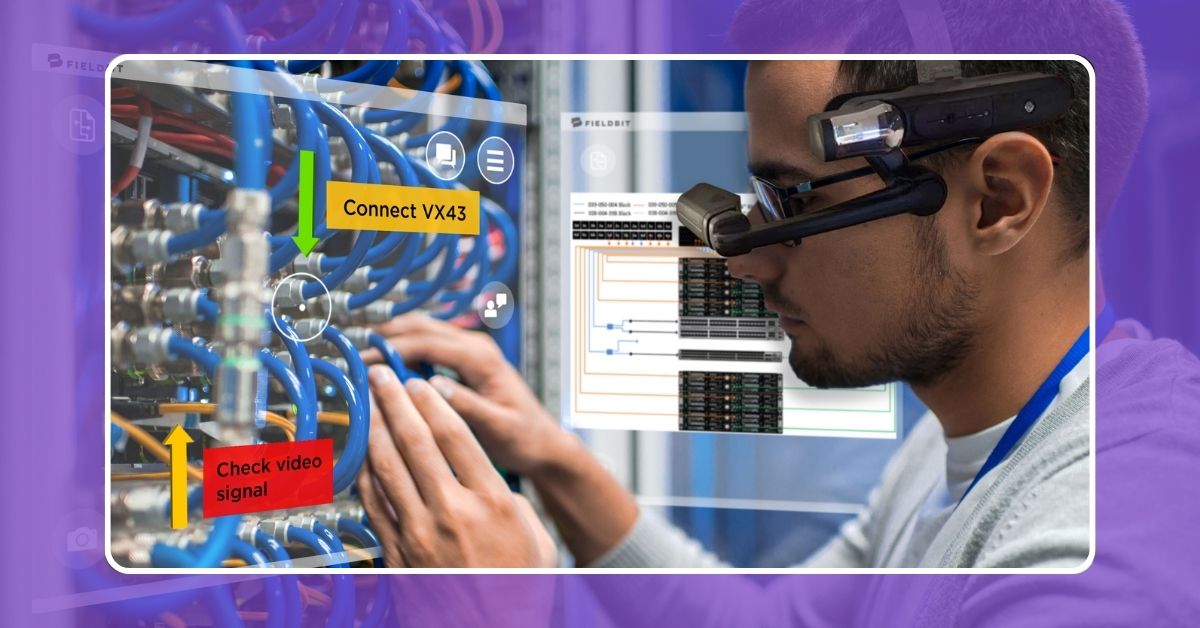We all know AR and AI have been the buzzwords in the Industrial Revolution 4.0! While Augmented reality (AR) has hogged the limelight, another lesser-known yet impactful AR, known as Assisted Reality, is emerging as a game-changer. Think of it as AR’s less-popular cousin, closely related but with its own unique strengths. Unlike AR, Assisted Reality doesn’t immerse users in a virtual environment. Instead, it connects information with specific physical objects and overlays it on them in a semi-virtual environment. Let’s delve deeper into Assisted Reality and its wide-ranging applications across various industries in 2024.
What is Assisted Reality?
Assisted Reality follows the principle of “reality first, digital second,” striking a delicate balance between safety and productivity in the context of Industry 4.0. Professionals in the field, such as mechanics and service technicians, find it to be both practical and easy to use. What sets it apart is its unique approach—it doesn’t directly connect information with specific objects. Instead, it seamlessly presents additional information on the head-mounted devices worn by users.
These devices allow individuals to access information without hindering their field of view, relying on voice commands rather than traditional hand gestures or touchscreens, eliminating the need to remove PPE/work gloves. This innovative feature not only enhances efficiency but also prioritizes the health and safety of users, a critical consideration in various industries. The result? Assisted Reality is gaining significant traction across diverse sectors.
Applications Of Assisted Reality
Assisted reality’s versatility extends across various industries, facilitated through devices like smart glasses, AR headsets, and mobile devices. AR lets us overlay digital information onto the physical world, blurring the lines between the two. AI, on the other hand, uses sophisticated algorithms to analyze data and learn, unlocking possibilities we barely dreamed of. Together, they form a powerful partnership, transforming industries and our daily lives in ways we’re just beginning to understand.
Here are some of the applications of Assisted Reality and AI in 2024

Manufacturing Assistance
In the realm of manufacturing, real-time guidance powered by Assisted Reality and AI is revolutionizing production lines. This analyzes real-time data to predict equipment failures and optimize maintenance schedules, preventing costly downtime while helps in minimizing errors, enhancing productivity, and paving the way for a more efficient manufacturing process. This is the future of manufacturing, where smart factories reign supreme.
Field Service Excellence
No more scrambling for manuals or waiting on hold. Technicians are now equipped with hands-free information, enabling quicker issue resolution and ultimately improving customer satisfaction. This helps diagnose problems before they appear and fix them swiftly & efficiently. This translates to happier customers, quicker resolutions, and a significant boost in customer satisfaction.
Redefining Health Care
From delicate surgeries to remote consultations, Assisted reality and AI are changing the face of healthcare. Surgeons gain enhanced vision using AR overlays, leading to more precise procedures and faster recoveries. The precision brought about by AR and AI is not just enhancing medical processes but also ensuring personalized and efficient patient care.
Facility Management
From inspecting remote buildings for structural integrity to ensuring compliance with safety regulations, AR and AI empower facilities teams to work smarter and faster, regardless of location. Monitoring pipelines and power grids for leaks and damage becomes effortless with AR-guided inspections, ensuring uninterrupted energy flow and minimizing environmental impact.
Telecommunication Network Maintenance
Technicians in telecommunications are simplifying complex tasks with the overlay of real-time network information. Assisted reality along with AI features, overlays digital instructions directly onto equipment, guiding inspectors step-by-step through even the most intricate procedures. This not only minimizes errors and improves efficiency but also empowers less experienced personnel to handle complex tasks with confidence.
Construction and Architecture
The visualization of projects in real-world environments, guided by Assisted reality technologies, aids in design decisions and project coordination. With the support of AI algorithms, the construction and architecture sectors are witnessing a leap forward in precision and efficiency.
Telepresenz: Next Gen AR-AI Platform
The application of Assisted Reality (AR) and AI in 2024 goes beyond technological evolution; it is a transformative force reshaping how we interact with the world. Studies predict that AR alone can boost worker productivity by 25% across industries, while AI-powered predictive maintenance can save companies billions in operational costs. Telepresenz, being a blend and unification of Next Gen Smart Tech Platforms like Assisted Reality (AR), Artificial Intelligence (AI), and Machine Learning (ML), is making headway into maintenance, repair, and operations (MRO) as well as connected worker space, delivering promising results.
From empowering the connected inspector in factories to revolutionizing healthcare and infrastructure management, Telepresenz emerges as a beacon of possibilities in this new era. As we embrace Industry Revolution 4.0, responsible innovation and inclusivity are at the forefront of Telepresenz’s mission. It ensures that the profound benefits of AR and AI reach everyone, everywhere. The journey into the future is not just exciting; it’s transformative, and with Telepresenz leading the way, we’re poised for a future filled with endless possibilities and inclusive technological advancements.




